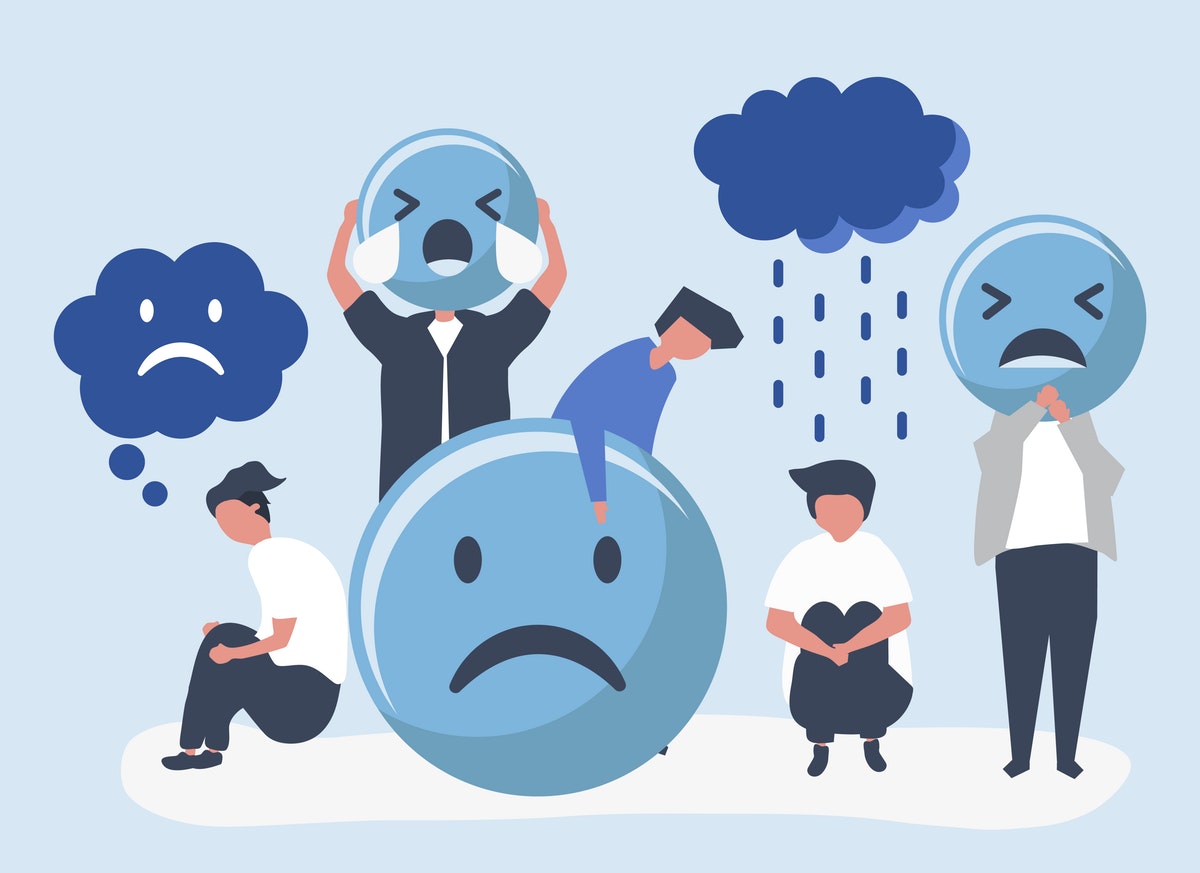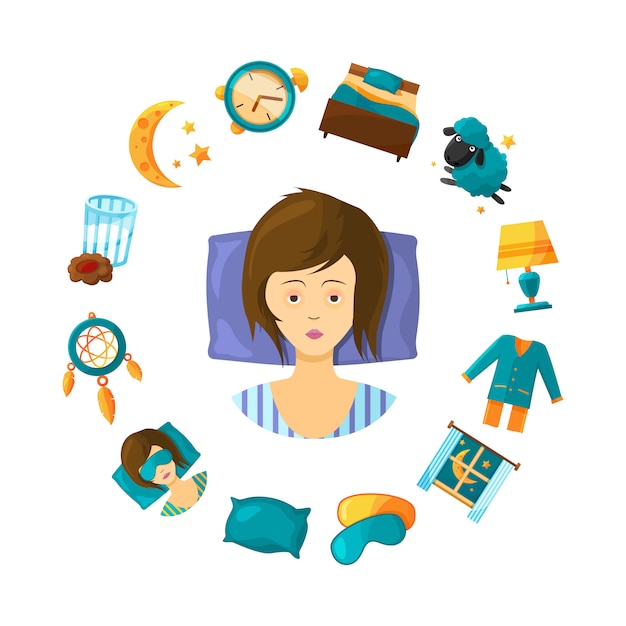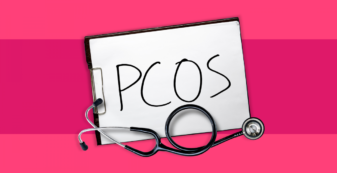Bipolar Disorder: All You Need to Know!

A taboo, a myth or a disease! Based on different perceptions, many people in society consider it in different ways. But scientifically, it’s just a disorder and not a disease that can happen to anyone, anytime with some hormonal disbalances or some mental and emotional traumas. This article has covered every aspect of Bipolar Disorder focussing on its different types, symptoms and treatment.
What Bipolar Disorder is all about?
A hormonal disorder of mood swings often known as a mental illness called manic depression. With unexpected and severe mood swings, a person either feels over-friendly or overly emotional, all of a sudden and with or without reasons. In the episode between two mood swings, a person reacts and behaves absolutely normal. However, it is called Bipolar Disorder because of the two moods, happy & sad that are termed as poles.

Bipolar Disorder varies in different types such as Bipolar I & II Disorder and Cyclothymic Disorder.
Bipolar I & II Disorder: A person with Bipolar I Disorder behaves erratically with both the high and low moods that last at least a week or two. This form of the disorder is critical and often needs medical aids and treatments to bring both a person and a situation under normal and controllable situations.
On the other hand, a person with Bipolar II Disorder often undergoes the same mood swings but doesn’t reach the critical stage of hospitalization or medications. He either controls himself or his mood swings stimulate him to automatically bring about manageable situations.
Cyclothymic Disorder: This type of disorder is worst in itself as it involves both manic and extreme depression. Irrespective of any age group and gender, it can be found in anyone and lasts for a year or two. Such disorder takes place at any point in time and disturbs a person both mentally and emotionally for a longer duration.
Symptoms: The episode of both the manic undergoes different patterns yet some dangerous symptoms such as a person with high manic have excessive hopefulness, rapid speech habits, high sex drive, low appetite with more energy, and required minimal or no sleep. Whereas a person with low manic has excessive hopelessness, negative vibes and attitude, low speech habits, low sex drive, eats in access with a mindset either to gain more weight or to lose more and uncontrollable crying without any reason.
Treatment: Bipolar Disorder can be treated with medications, therapies, counseling, lifestyle management, and with foremost family support.

Undergoing different forms of treatment, each of them plays its own role with different importance. It requires antidepressants, anti-anxiety medications or sometimes sleeping pills. These drugs should not be changed or skipped on your own as they could affect you oppositely than expected.
Coming to the therapies and counseling, such practices are also called “talk therapy” or psychotherapy. With meditations, one-to-one talk, involves Interpersonal Therapy, Cognitive Behavioural Therapy and Psychoeducation with a common base of positive mindset and lifestyle management.
Moreover, if a situation goes too critical and uncontrollable with the saturation of therapies then a person must have Electroconvulsive Therapy (ECT) and Acupuncture. ECT gives a small shock to a human brain to relax him without any side effects or risk factors. Whereas, Acupuncture is a Chinese medical treatment wherein, a set of needles are inserted into the brain to relax and reboot it.
Bipolar Disorder is not a disease. It’s just a lifestyle disorder that is curable and often requires high moral support from friends and family that speeds up the recovery and effect of therapies and medications with a positive mindset.
RELATED ARTICLES

Healthy Plant-Based Substitute of Meat

Simple Ways to Treat PCOS



